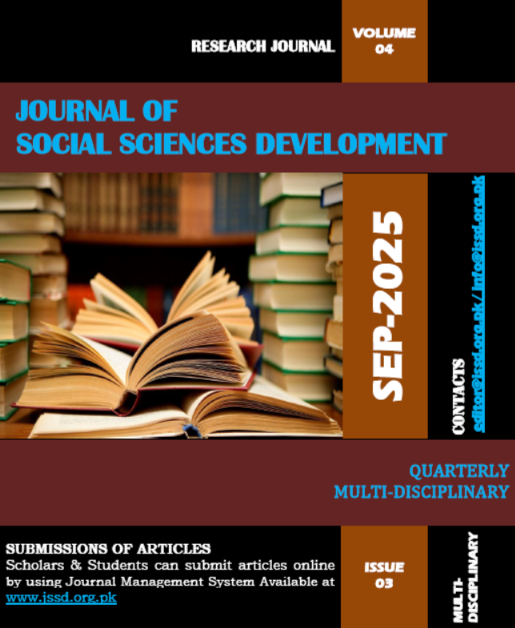FROM “SHOCK AND AWE” TO SOCIAL-MEDIA: THE EVOLUTION OF PERCEPTION MANAGEMENT FROM THE IRAQ WAR TO MODERN CONFLICTS
DOI:
https://doi.org/10.53664/JSSD/04-03-2025-06-61-78Abstract
This paper examines how perception management evolved into a core element of twenty-first-century warfare, tracing its development from the Iraq War’s Shock and Awe doctrine to today’s algorithmically mediated conflicts. It argues that the Iraq War made perception a sphere of strategic influence and institutionalized communicative domination by inculcating embedded journalism, visual spectacle & information control in US military doctrine. In this paper, the Information Warfare is combined with Strategic Communication theory to outline formalization of influence as operational vector in the doctrine. Network Society theory (Castells) is used to explain that how the spread of digital infrastructures has restructured information control into decentralized self-replicating networks of persuasion. As one of the first efforts at mapping the shift to distributed digital ecosystems over centralized propaganda architectures, this study confirms the argument that perception management has ceased to be a supporting psychological operation to become a structural mode of modern power. In this connection, the paper concludes that the perception control is the key towards strategic success during the post-Iraq period, and the control of cognitive space has replaced the control of territories as the main measure of the contemporary warfare.
Downloads
Details
-
Abstract Views: 8
PDF Downloads: 6





